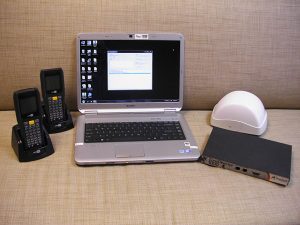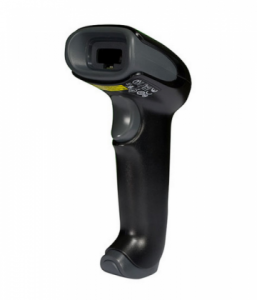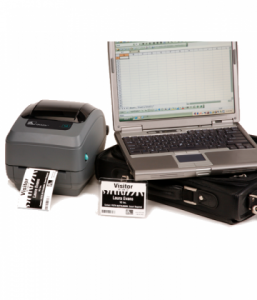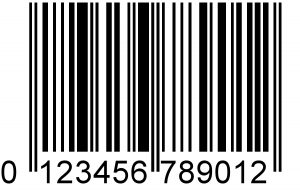In its most basic form, the career calling of any engineer is to identify a problem and then come up with a feasible solution using scientific knowledge. In this regard, barcoding engineers have outdone themselves by creating amazing solutions for all data collection problems. Like in every other active setting, information or data is always flowing in and out and even within a business setup. In a typical shop, financial data flows between the owner and his suppliers, owner and employees, employees and customers, owner and landlord, government authorities and owner, the data “links” are endless. Anyway, all this data should be recorded, processed, and analyzed in appropriate ledgers to ensure proper business management. Before the invention of barcodes, all this was done manually using pen and paper. Nowadays, innovative barcoding solutions have been developed to efficiently manage business inventory and assets, monitor labor productivity, and even to track job or event attendance. The whole point is to make the data collection process fast, accurate, and uncomplicated.
One of the most wondrous barcoding solutions is designed to optimize production through labor monitoring and management. It goes by many different names including the labor reporting/management software, production reporting/monitoring/management system, works in process (WIP) system etc. Essentially, it is a digital performance/production labor supervisor. It maintains real-time records of each employee’s activities in relation to company production. Check it out.

Brief Description
The main function of this kind of barcoding solution is to manage and track production and manufacturing projects. The system uses barcodes and scanners to monitor and report on the progress of a specific project in real-time. This data is used to eliminate lags and/or bottlenecks in production by tracking employees’ arrival and departure times and individual participation and contribution to a project. Errors in manufacturing are eliminated and personnel management streamlined.
How It Works
There are several steps in the creation, implementation, and execution of this barcoding solution. First, all the active components in a production line or manufacturing station are tagged or assigned barcodes. Mainly, the system is concerned with the employees, their job stations, production functions and processes, and the products to be manufactured. Scanners are then used to track and report on the operational activities and interactions between all these production components. Printers are used to create the barcodes and suitable application programs are acquired for data processing and analyses. After buying or renting barcode scanners and/or readers, the company starts collecting data and automatically feeding it to the system. All the recorded data is time-stamped and this helps to compile all kinds of reports.
Basic Features And Advantages
Most of these systems store the data in cloud-based databases where the administrator and any other permitted person can access it in real time. The gathered information is used to create reports for every phase or component of production. The comprehensive labor production report is used to produce workstation reports and manufactured products’ reports which are all part of the employee report. The employee report contains the production history of a specific worker including his job station, production line, and manufactured product(s). Error reports are also produced to showcase where hitches or bottlenecks occurred during production.
The main advantage of using this system is that it collects real-time data. This means that if it is connected to the internet, which is mostly the case, all the collected data and the generated reports can be viewed, queried, printed, and/or saved anytime from anywhere. To make the system more versatile, some administrators even allow offline data collection in batch mode.




